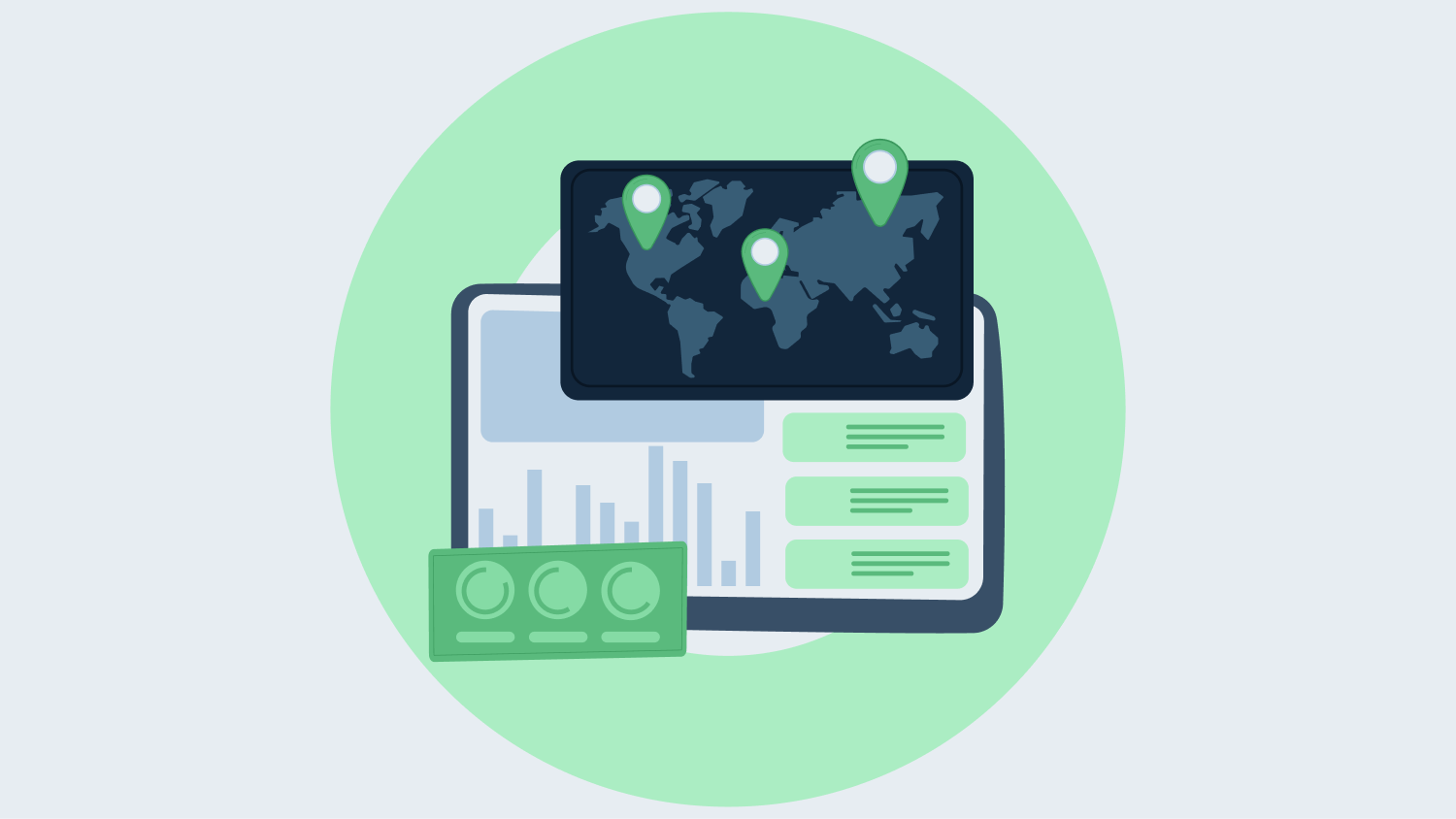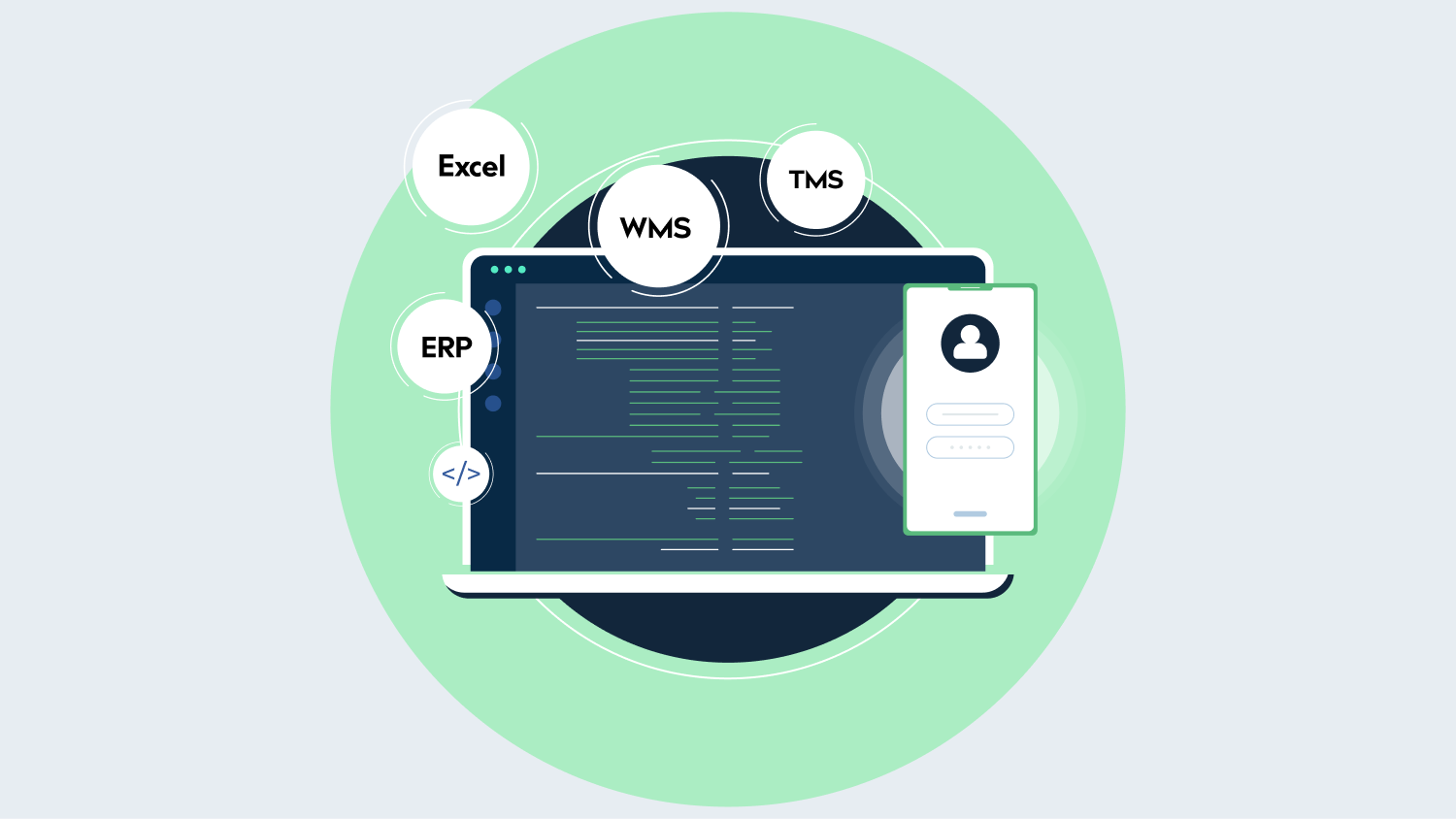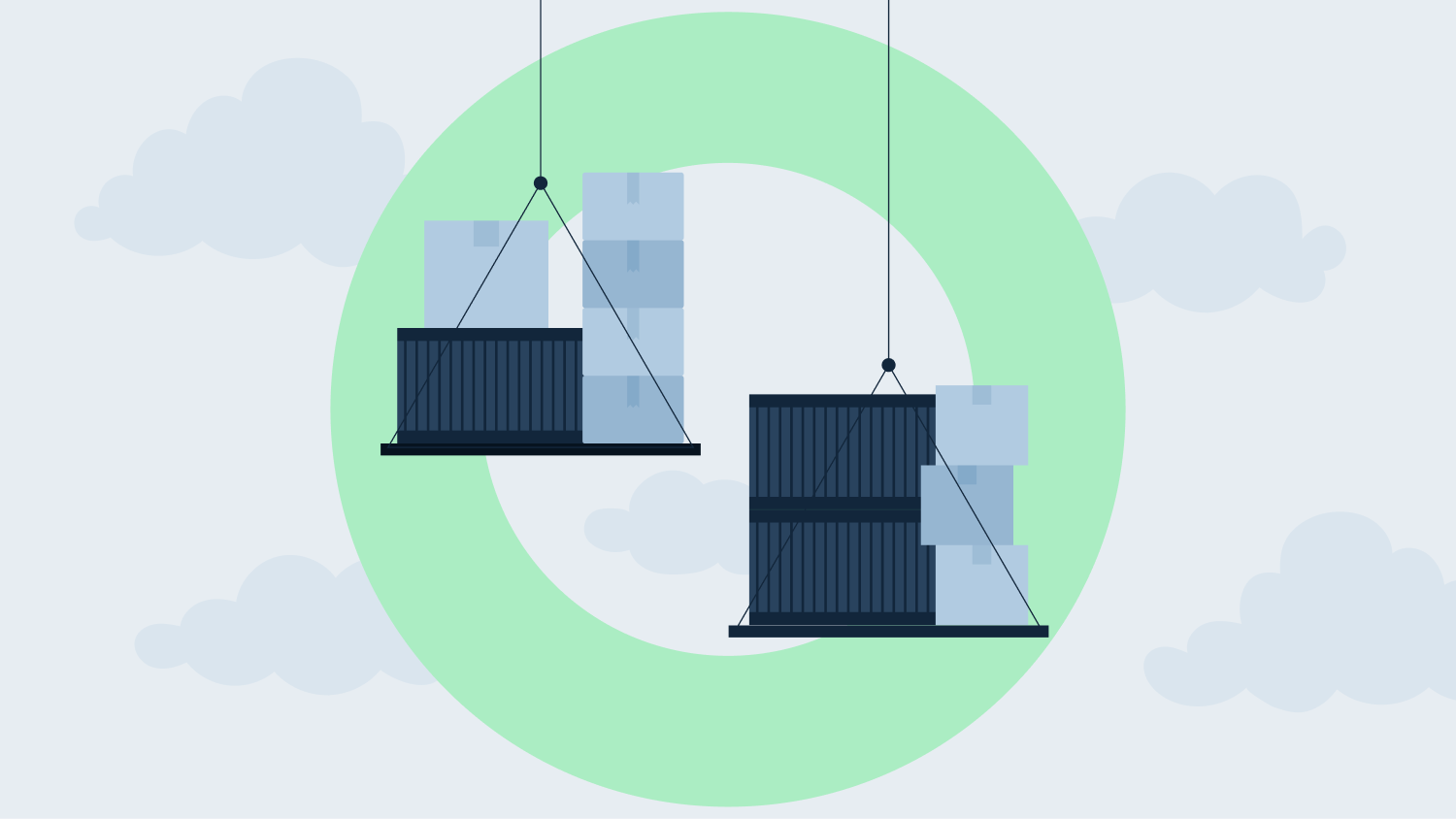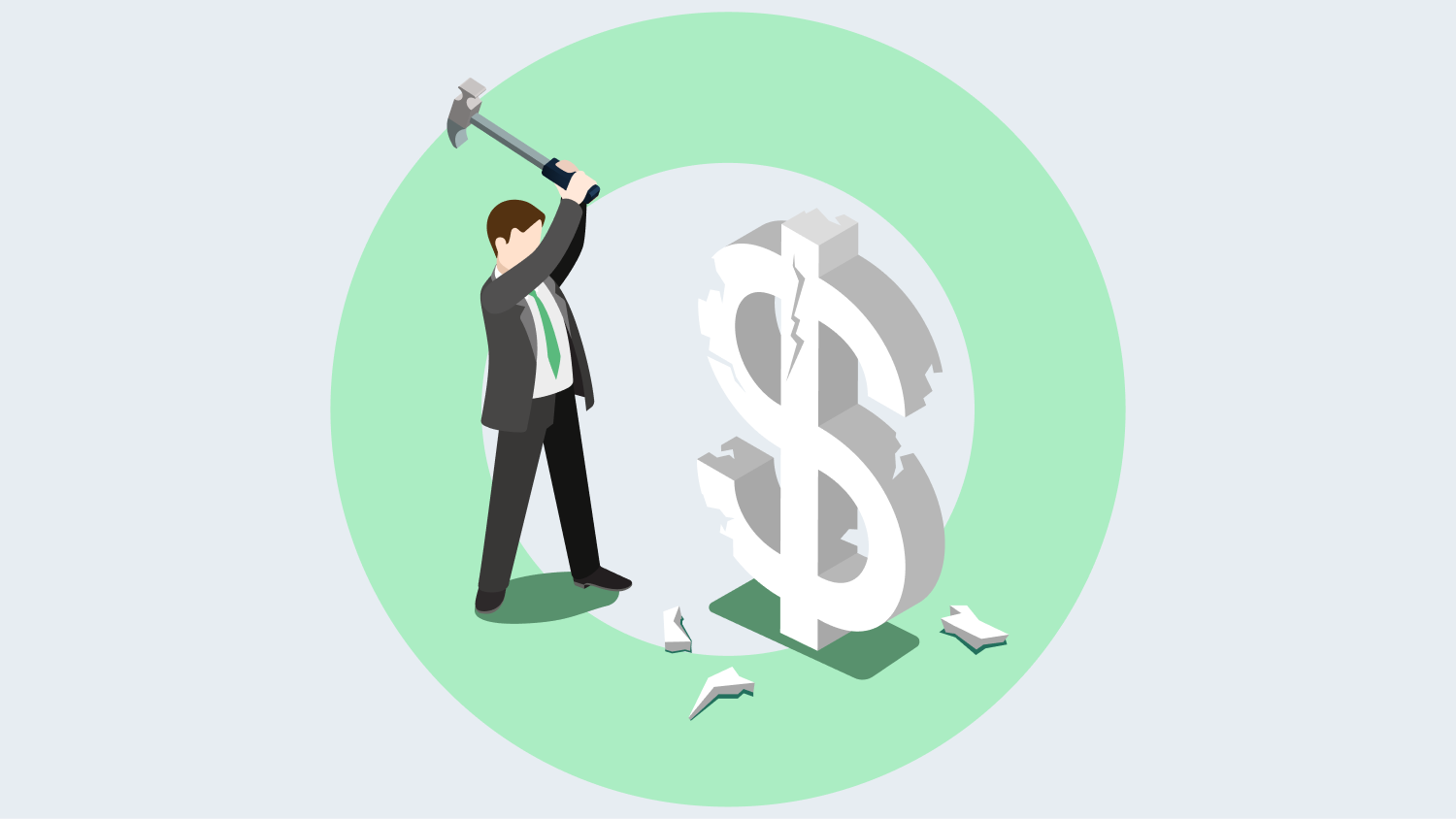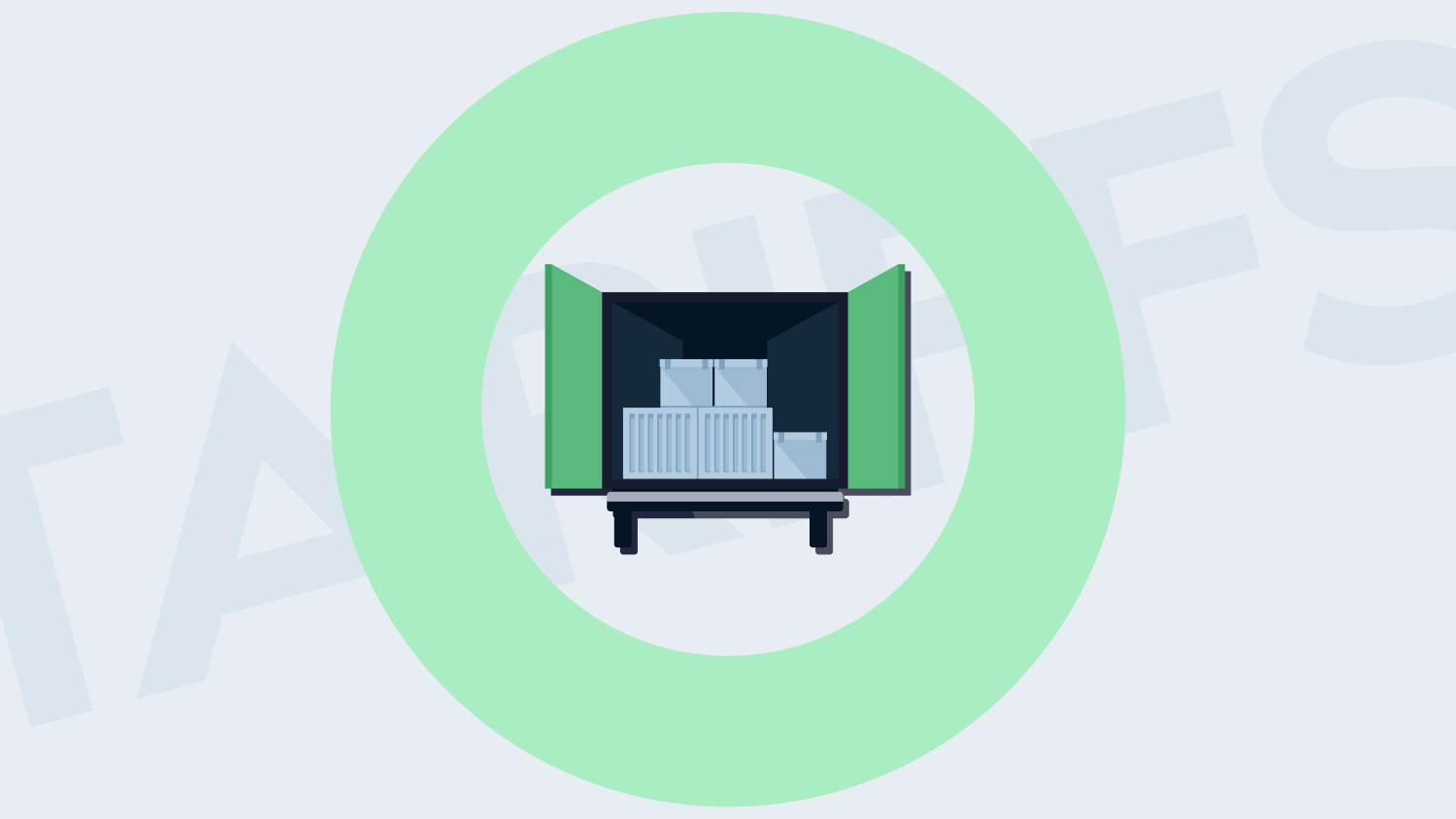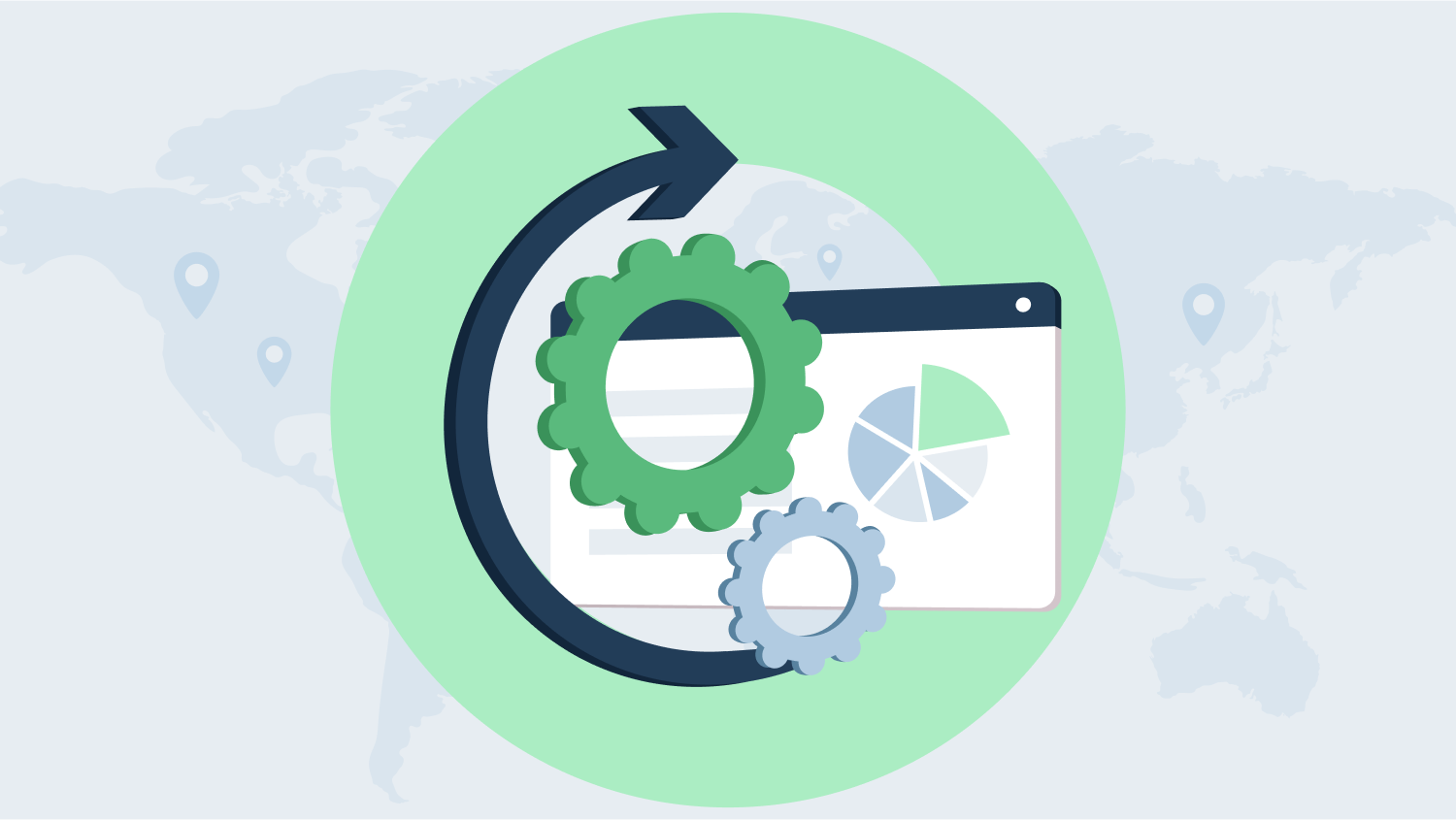Are you wondering how you can make sure your supply chains stay strong and resilient during disruptions? Whether it’s unexpected delays, material shortages, or price fluctuations, supply chains face all kinds of challenges.
However, with proper sourcing optimization, you can find better ways to get the right products at the right time from the right suppliers. One such way is by using next-generation supply chain tools which are said to be 23% more profitable. That’s incredible.
For those who don’t know yet, Sourcing optimization refers to choosing reliable suppliers, balancing costs, and building flexibility into supply chains. It ensures companies aren’t tied to a single source, which reduces risk and improves efficiency.
With that said, let’s see how optimizing your sourcing plan can enhance supply chain resilience.
What is Supply Chain Resilience?
Supply chain resilience is the ability of a supply chain to withstand unexpected disruptions, like supplier issues, transportation delays, or sudden market changes, and recover quickly.
Resilience helps businesses like you, to keep their operations running without major slowdowns, even during tough times. It’s about being prepared, flexible, and responsive to challenges.
How Does a Resilient Supply Chain Work?
A resilient supply chain doesn’t rely on just one solution. Instead, it uses several strategies to reduce risks and stay efficient:
- Backup suppliers and alternative routes: If one supplier or route faces issues, operations can switch to backups without delay.
- Technology and forecasting tools: Predicting risks early helps you prepare for disruptions before they happen.
- Strong communication: Clear coordination between suppliers, manufacturers, and partners ensures quick responses during emergencies.
- Flexible contracts: Agreements that allow you to adjust orders or switch partners when needed.
How Sourcing Optimization Improves Supply Chain Resilience?
Sourcing optimization and supply chain resilience go hand in hand. Making your sourcing better will surely improve how you can tackle unexpected situations. Here are some practical ways that you can use to make your supply chain more resilient through sourcing.
1. Supplier Diversification Minimizes Risk
Relying on one supplier or region increases the chance of disruptions impacting the entire supply chain. Sourcing optimization ensures businesses build a diverse supplier network. When suppliers are spread across different regions and locations, companies can quickly switch to alternatives if a primary supplier faces delays or shortages.
For example, during the COVID-19 pandemic, companies with multiple suppliers adjusted faster to disruptions, ensuring minimal impact on their operations. This strategy ensures that even if a disruption occurs in one part of the chain, others remain unaffected, keeping the business running smoothly.
2. Enhances Flexibility with Dynamic Strategies
Sourcing optimization enables you to quickly adjust sourcing decisions based on market changes, supply disruptions, or fluctuating customer demands. This flexibility allows companies to move between different suppliers when required, based on:
- Lead times: Opting for suppliers who can deliver faster when speed is critical.
- Costs: Shifting to more budget-friendly suppliers during financial constraints.
- Risk levels: Choosing safer alternatives when supply disruptions are likely.
With such a dynamic approach, you can respond faster to avoid delays and maintain smooth operations. Flexibility also helps companies adapt to market changes without significant downtime or increased costs.
3. Leveraging Data Analytics for Better Decisions
Modern sourcing optimization relies heavily on data and advanced technology. Using analytical tools, companies can evaluate supplier performance, predict risks, and optimize sourcing strategies.
Here’s how data supports smarter sourcing decisions:
| Area | Impact on Supply Chain | Example |
| Supplier Performance | Identifies the most reliable suppliers | Choose vendors with 98% on-time delivery |
| Cost Optimization | Compares prices across multiple suppliers | Lock in lower prices through bulk orders |
| Risk Prediction | Forecasts potential disruptions | Predict supplier delays and adjust orders |
| Replenishment Optimization | Balances inventory levels, transportation and production. | Automate reorder points to avoid stockouts or overstock |
With better data insights, you can make more informed sourcing decisions for greater resilience in your supply chains.
4. Local and Global Sourcing for Balanced Operations
Optimizing sourcing means balancing between local suppliers for speed and global suppliers for cost savings. Relying entirely on international suppliers might cut costs, but it introduces risks such as transportation delays or geopolitical challenges. A blended approach of both local and global suppliers work better in such a scenario.
- Local suppliers offer faster delivery and shorter lead times.
- Global suppliers provide cost advantages but require careful risk management.
Using a combination of both ensures companies can adapt to disruptions more effectively. If an international shipment gets delayed, local suppliers can fill the gap temporarily, ensuring continuity.
5. Building Strong Supplier Relationships for Collaboration
Good relationships with suppliers lead to better communication and trust, which is essential for resilience. Optimized sourcing promotes collaboration by aligning business goals with supplier capabilities.
This collaboration means suppliers are more willing to share risks, solve problems quickly, and prioritize critical deliveries during emergencies.
For instance, suppliers that are treated as long-term partners are more likely to assist during sudden disruptions by offering priority access to stock or faster shipping options. Collaboration also enables shared forecasting, which helps suppliers prepare better for fluctuating demands.
6. Inventory Management through Sourcing Optimization
Sourcing optimization also plays a role in managing inventory levels effectively. You need to strike the right balance, keeping enough stock to meet demand without overloading warehouses or risking waste.
- Just-in-time (JIT) delivery: It ensures that inventory arrives exactly when needed, minimizing storage costs.
- Safety stock optimization: This reduces the risk of stockouts, even when disruptions occur.
With the right sourcing strategy, you can maintain optimal inventory levels, reduce waste, and avoid costly delays.
7. Sustainable Sourcing for Long-Term Resilience
Resilient supply chains aren’t just about surviving short-term disruptions; they focus on sustainable and ethical practices to ensure long-term stability. Sourcing optimization encourages businesses to partner with suppliers that prioritize sustainability and ethical standards, which:
- Reduces reputational risks.
- Ensures long-term availability of critical resources.
- Keeps businesses compliant with regulatory standards.
Sustainable sourcing isn’t only a trend, it’s now a smart business strategy that prepares companies for future challenges while building customer trust.
Quick Read: Top 7 Supply Chain Planning Mistakes and How to Avoid Them?
Optimize Your Supply Chain with Sophus X’s Sourcing Plan
Are you struggling to manage disruptions, rising costs, and supplier uncertainties? Keeping your supply chain resilient can feel overwhelming without the right strategies in place. That’s where Sophus being one of the best supply chain network optimization software steps in to help.
Our Sourcing Plan is designed to reduce costs while keeping your supply chain efficient and resilient. We provide recommendations on when and how much to source, manage pricing brackets, and balance in-house capacity with outsourcing.
So, are you ready to take your business to the next level? Contact us today to get a free demo of our top-notch services.



